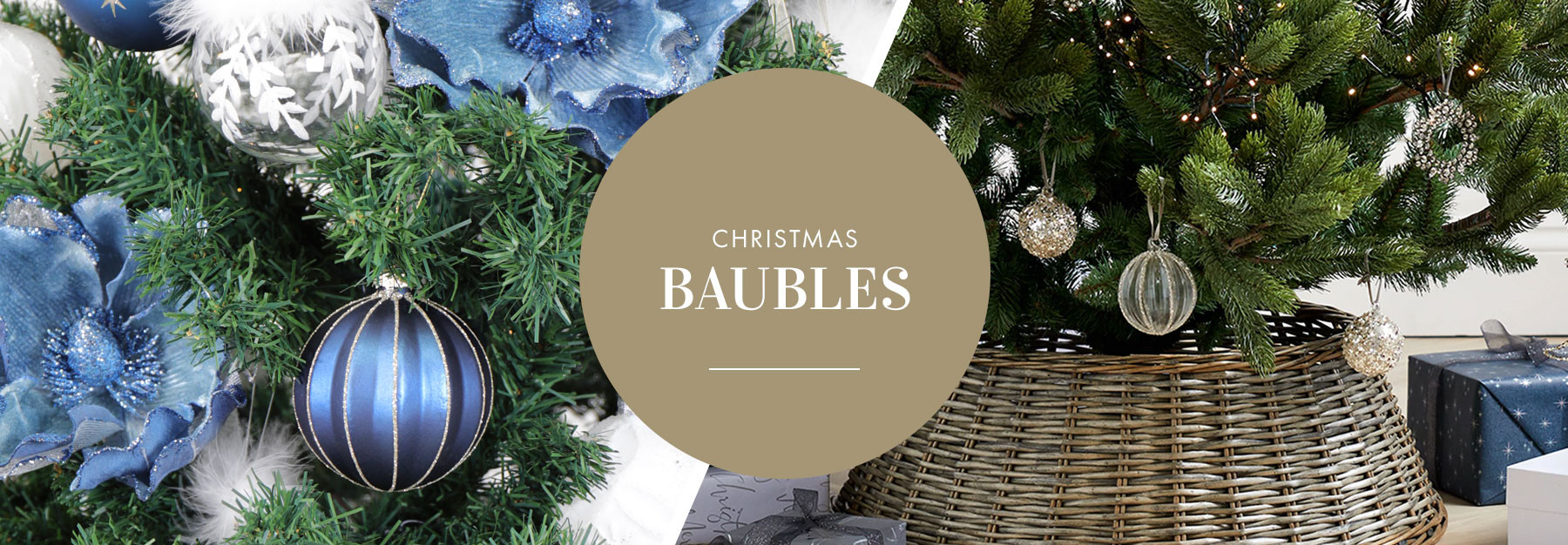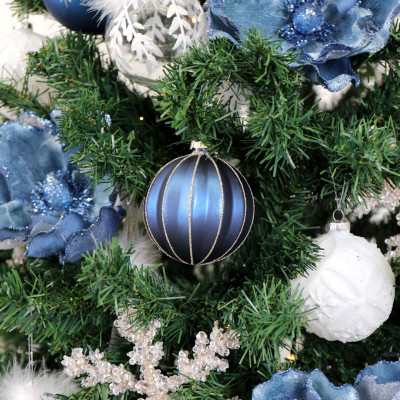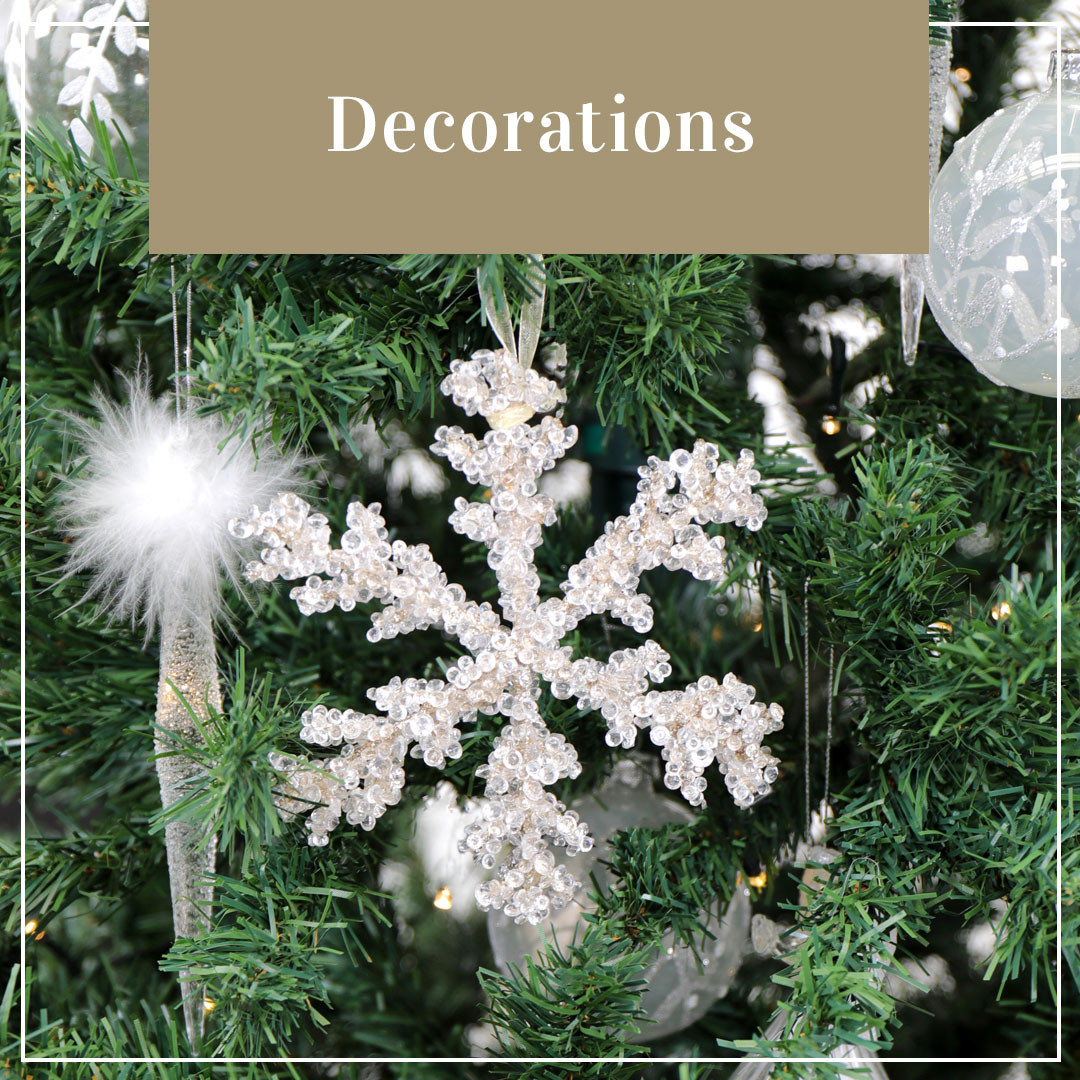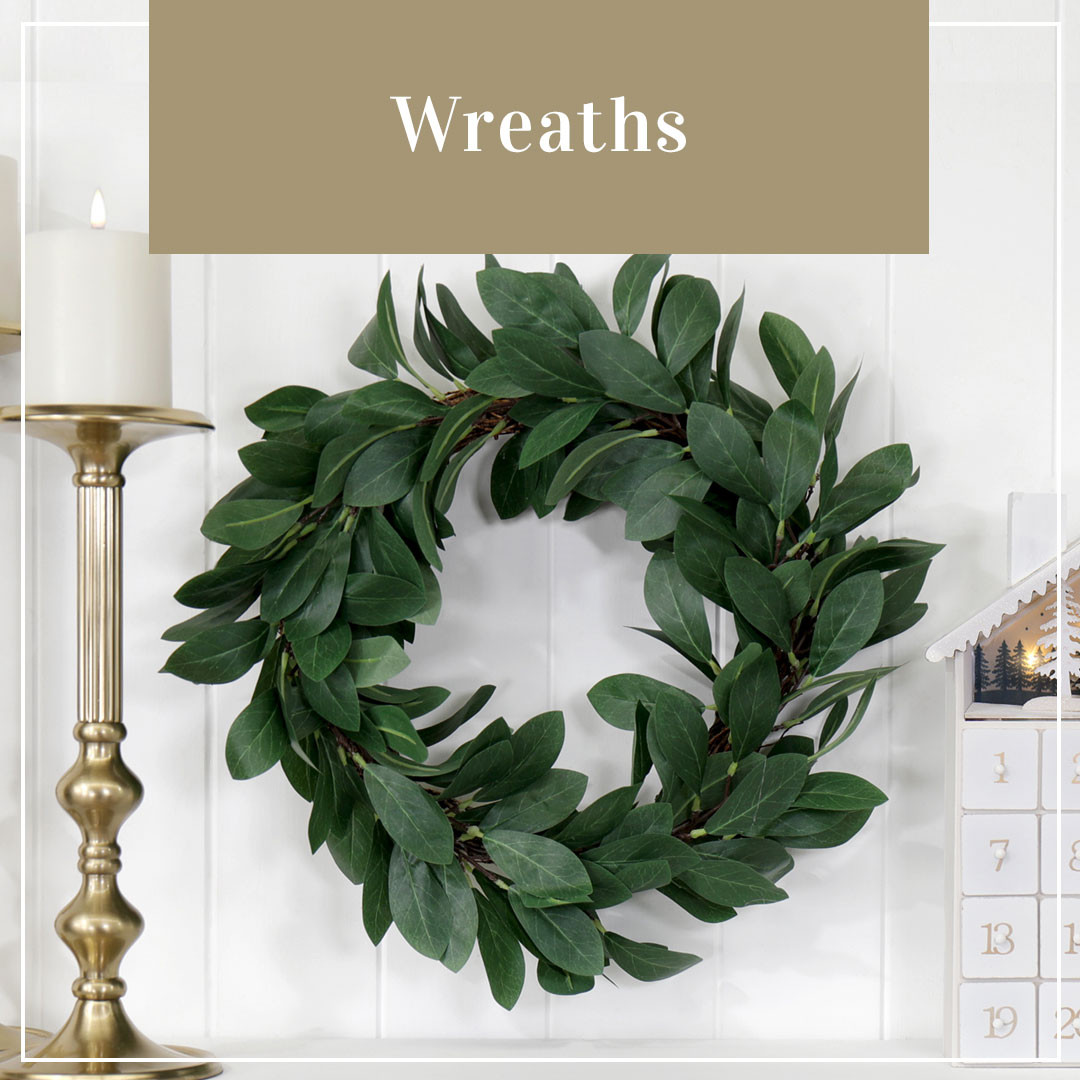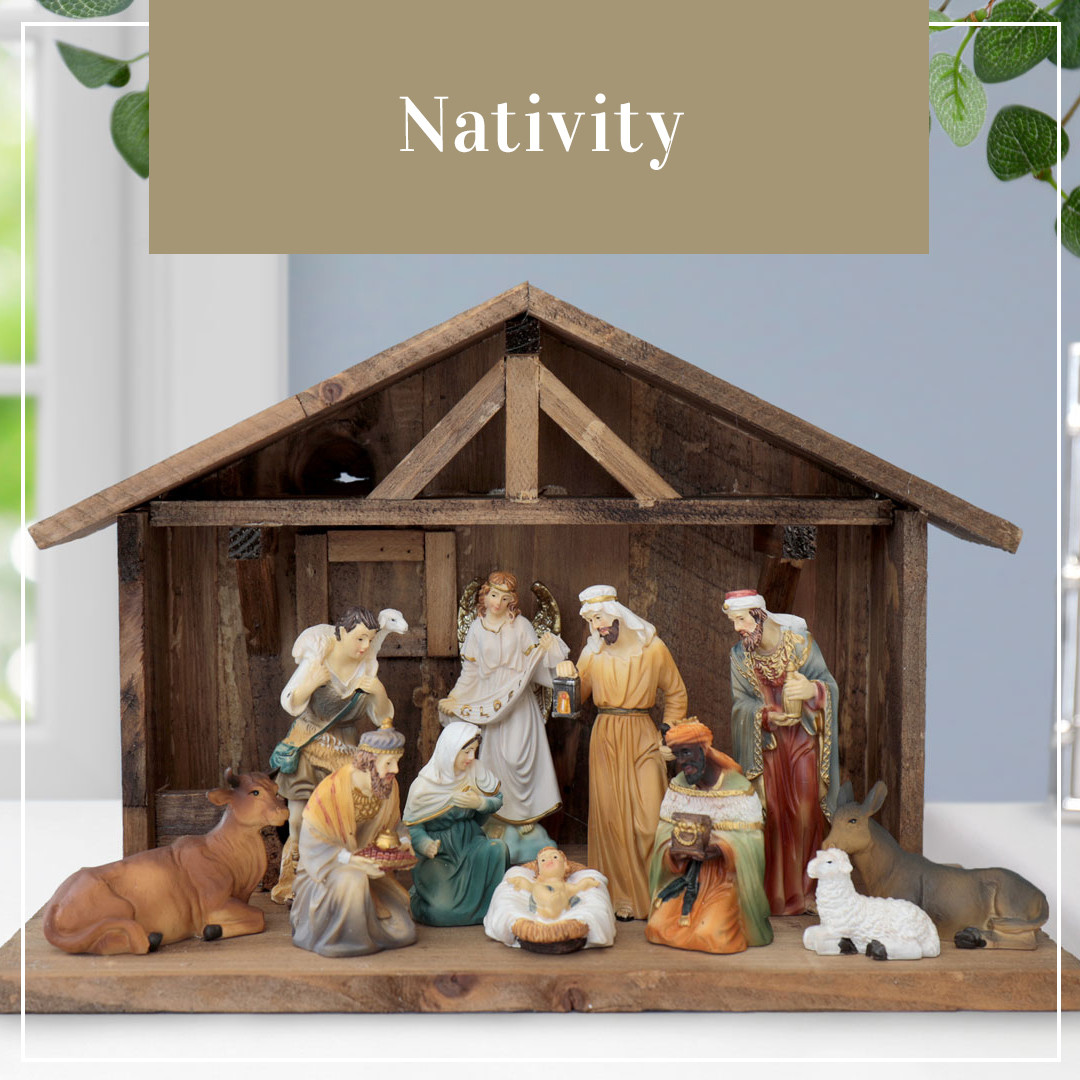The History of Christmas Baubles: From Glass to Glitter
Christmas baubles have long been a beloved part of holiday decor, adding a touch of sparkle and charm to trees around the world. These shiny ornaments are more than just decorations; they carry a rich history and tradition that dates back centuries. Baubles come in all shapes, sizes, and materials, each bringing its own unique flair to the festive season. From the first delicate glass ornaments crafted in Germany to the glittering decorations we see today, the evolution of baubles is fascinating. In the early days, baubles were simple yet elegant, often made from glass and cherished for their beauty. As time passed, these decorations evolved, incorporating new materials and designs that reflect changing tastes and trends. Today, they are a staple of holiday decor, symbolising the joy and warmth of the season.
The tradition of decorating with baubles has deep roots, connecting us to the past and creating a sense of continuity and celebration.
Understanding the history of these ornaments helps us appreciate their significance and the way they enhance our holiday experience. So, let's take a journey through time and explore the captivating history of Christmas baubles, from their glass origins to their glittering present.
Baubles Decor: The Start of a Holiday Tradition
The use of baubles as festive decorations has a long and fascinating history. These charming ornaments first appeared in the early 19th century, bringing a new level of sparkle and elegance to Christmas trees. Glass ornaments, in particular, played a significant role in this tradition, with their delicate craftsmanship and shimmering beauty.
In Germany, where the tradition began, artisans meticulously crafted each bauble by hand.
These glass creations quickly became popular, not just for their beauty but also for the way they reflected the twinkling lights of the Christmas tree. This new style of decoration soon spread across Europe, enchanting everyone who saw it. As the popularity of these ornaments grew, so did the variety of designs and materials. Although glass was the preferred material initially, other materials such as metal, wood, and later, plastic, began to be used. Each new type brought its own unique style to holiday decor, making the decorations more diverse and accessible.
The tradition of using baubles has become deeply ingrained in holiday celebrations. Families eagerly unpack their treasured ornaments each year, often adding new ones to their collection. These decorations not only beautify the tree but also carry sentimental value, reminding us of past Christmases and family gatherings. Baubles have evolved over the years, yet their role in holiday decor remains just as important. From the simple glass ornaments of the past to the dazzling, glittery baubles of today, they continue to add a special touch to our festive celebrations. Understanding the history of these beloved decorations helps us appreciate their lasting charm and the joy they bring to the holiday season.
The Early Years: Glass Baubles in Germany
The tradition of hanging baubles on Christmas trees began in Germany in the early 19th century. These initial decorations were handcrafted from glass by skilled artisans in the small town of Lauscha. Using special techniques, they blew molten glass into beautiful, delicate shapes.
Each bauble was unique, showcasing the artisan's craftsmanship and creativity.
These glass baubles quickly gained popularity, not just in Germany but throughout Europe. People were captivated by the way these ornaments reflected the flickering candlelight on Christmas trees. The decorations added a magical touch to the holiday season, making trees look more festive and elegant. Over time, more intricate designs and colours were introduced, further enhancing their appeal. The rise in popularity of these glass ornaments led to the establishment of a thriving industry in Lauscha. Families who specialised in glassblowing passed down their skills from generation to generation. As production increased, these decorations became more affordable and accessible to a broader audience. By the late 1800s, they were a staple in many European households, symbolising the festive spirit of Christmas.
In addition to traditional glass baubles, artisans began experimenting with different materials and techniques. This period marked the beginning of the diverse range of tree ornaments we see today. The legacy of these early German glass baubles continues to influence holiday decor around the world, reminding us of their historical roots and enduring charm.
Victorian Era: The Rise of Baubles in Holiday Decor
The Victorian era saw a significant rise in the popularity of Christmas baubles. This period was marked by a renewed interest in elaborate and decorative holiday traditions. Baubles became essential components of festive decor, adorning trees and homes with their shimmering beauty. The influence of Queen Victoria and Prince Albert played a crucial role in popularising these ornaments. Christmas trees were often decorated with a variety of baubles, each adding to the tree's splendour. Glass baubles were particularly favoured for their elegance and the way they complemented the tree's natural beauty. Families took great pride in their holiday decorations, often competing to see who could create the most beautifully adorned tree. During this time, the range of available baubles expanded significantly. New materials such as metal, paper, and even early forms of plastic were introduced. These additions allowed for more creative and varied designs. Victorian bauble crafts became a popular pastime, with people making their own ornaments at home.
This period also saw the introduction of mass-produced baubles, making these decorations more accessible to the general public.
Baubles were not only used to decorate trees but also to enhance other areas of the home. They adorned mantels, windows, and even were used in table centrepieces. The versatility of these ornaments made them an integral part of holiday decor, reflecting the Victorian love for elaborate and festive celebrations. The Victorian era's contributions to the evolution of baubles continue to influence holiday decor today. The creativity and innovation of that period laid the foundation for the wide variety of tree ornaments we enjoy. Whether handcrafted or mass-produced, the baubles from this time have left a lasting legacy, enriching our festive traditions and adding beauty to our holiday celebrations.
Transitioning Traditions: Baubles in the 20th Century
As the 20th century began, the tradition of decorating with baubles continued to evolve. Innovations in manufacturing made these festive decorations more affordable and widely available. Glass ornaments remained popular, but new materials and designs started to emerge, reflecting the changing times and tastes. During this era, just like the traditional Christmas tinsel, the production of baubles shifted from small artisanal workshops to larger factories. This transition allowed for mass production, making tree ornaments accessible to more people. Despite the industrialisation, the charm and beauty of these decorations did not diminish. Glass baubles, with their intricate designs and vibrant colours, continued to be a favourite choice for many households. The introduction of plastic in the mid-20th century revolutionised the industry. Plastic ornaments were durable, lightweight, and could be produced in a variety of shapes and sizes.
This new material opened up endless possibilities for creativity in holiday decor.
People could now find baubles in every imaginable style, from traditional designs to more whimsical and modern creations. Bauble crafts also gained popularity during this time. Families enjoyed making their own decorations, adding a personal touch to their holiday celebrations. Using simple materials like paper, fabric, and even natural elements, they created unique and meaningful ornaments. This DIY approach not only made decorating more affordable but also fostered creativity and family bonding.
The rise of the internet also influenced holiday traditions. People began to share their decorating ideas and techniques online, spreading inspiration and fostering a sense of community. This digital exchange of ideas led to a greater diversity in holiday decor styles, as people from different cultures and backgrounds shared their unique perspectives. The 20th century was a period of significant change and growth for baubles. The evolution of materials, manufacturing techniques, and the influence of technology all contributed to the rich variety of decorations we see today. Despite these changes, the core tradition of adorning our homes with beautiful ornaments has remained a beloved part of holiday celebrations.
The Role of Glass in Bauble History
Glass has always played a significant role in the history of Christmas tree ornaments. The first baubles were made from blown glass, crafted by skilled artisans who turned molten glass into delicate, shimmering decorations. These early creations set the standard for beauty and elegance in holiday decor. Glass baubles were prized for their ability to reflect light, adding a magical glow to Christmas trees. Each ornament was unique, often featuring intricate designs and vibrant colours. The craftsmanship involved in creating these decorations was truly remarkable, making them cherished keepsakes for families. Over time, the designs and techniques used in making glass baubles evolved. New colours, shapes, and patterns emerged, reflecting changing tastes and trends. From simple spheres to elaborate figurines, glass ornaments continued to captivate and inspire.
Even as other materials were introduced, glass remained a popular choice due to its timeless appeal and versatility.
In addition to their aesthetic qualities, glass baubles also carry a rich tradition and history. They remind us of the early days of Christmas celebrations and the enduring charm of handmade decorations. Whether vintage or contemporary, glass ornaments bring a touch of nostalgia and elegance to any holiday setting.
From Simple to Sparkling: The Advent of Glitter Baubles
The introduction of glitter to Christmas decorations marked a new era in holiday decor. Glitter baubles brought a level of sparkle and glamour that quickly became popular. These dazzling ornaments added a festive touch, transforming simple designs into eye-catching masterpieces. Glitter baubles come in a wide range of colours and styles. Whether they are fully coated in glitter or feature delicate glittery accents, these decorations can brighten up any Christmas tree. The addition of glitter not only enhances their visual appeal but also makes them more festive and cheerful.
The process of creating glitter baubles is both simple and effective. A layer of adhesive is applied to the bauble, which is then rolled in glitter. This technique can be used on various materials, including glass, plastic, and even foam, allowing for a wide variety of designs and textures. The versatility of glitter makes it a favourite choice for both commercial and DIY decorations. Bauble crafts have embraced glitter in countless creative ways. Families enjoy making their own glittery ornaments, adding personal touches and experimenting with different colours and patterns. This DIY approach not only makes decorating more fun but also creates lasting memories.
Today, glitter baubles are a staple in holiday decor. They add a touch of sparkle and joy, making Christmas trees and other decorations shine brightly.
The advent of glitter baubles has expanded the possibilities for festive decor, allowing for more creativity and expression. These sparkling ornaments continue to be a beloved part of holiday traditions, bringing magic and light to the season.
Modern Times: Trends in Baubles Decor
In recent years, trends in holiday decorations have continued to evolve, reflecting changing tastes and styles. Baubles have remained central to these trends, showcasing new designs, materials, and colours.
Modern ornaments often blend traditional elements with contemporary twists, creating unique and eye-catching decor.
One popular trend is the use of non-traditional colours in holiday decorations. While red, green, and gold remain favourites, many people now opt for baubles in hues like pastel pink, icy blue, and even bold black. These colours add a fresh and modern look to Christmas trees and other festive displays. Another trend is the incorporation of natural elements. Baubles made from wood, burlap, and even dried flowers bring a rustic and organic feel to holiday decor. These materials not only look beautiful but also promote a more eco-friendly approach to decorating. Combining natural elements with traditional glass ornaments creates a harmonious and visually appealing aesthetic.
Personalised decorations have also gained popularity. Many families enjoy adding names, dates, or special messages to their baubles. This trend makes tree ornaments more meaningful and creates lasting memories. Customisation options, such as photos or handmade elements, add a unique touch to holiday decorations. The use of mixed materials and textures is another exciting trend. Combining glass with metals, fabrics, and even ceramics results in visually dynamic ornaments. This approach allows for more creativity and expression in holiday decor such as incorporating baubles into luxurious Christmas table centrepieces. Mixed-material baubles can feature intricate designs, such as beading, embroidery, or even LED lights, adding depth and interest to the decorations.
Sustainable and Eco-Friendly Baubles
As environmental awareness grows, many people are turning to sustainable and eco-friendly options for their holiday decorations. Eco-conscious baubles are made from materials that reduce environmental impact while still looking beautiful and festive. Recycled materials are a popular choice for sustainable decorations. Baubles crafted from reclaimed wood, recycled glass, and repurposed paper help minimise waste. These materials can be transformed into stunning ornaments that add a unique and eco-friendly touch to holiday decor.
Another sustainable option is using natural and biodegradable materials. Ornaments made from pinecones, dried fruits, and even cinnamon sticks offer a rustic charm. These decorations can be composted after the holiday season, leaving no lasting impact on the environment. DIY bauble crafts also promote sustainability. Creating your own ornaments from upcycled materials is not only eco-friendly but also a fun and creative activity. Families can use items like fabric scraps, old buttons, and other household materials to make unique and personalised decorations. This approach encourages recycling and reduces the need for new purchases.
Fair trade and ethically sourced decorations are becoming increasingly popular.
These ornaments are made by artisans using sustainable practices and materials. Purchasing these items supports communities and promotes fair labour practices, making your holiday decor both beautiful and socially responsible. By choosing sustainable and eco-friendly options, you can celebrate the holidays while caring for the planet. These decorations help reduce waste and promote a more mindful approach to festive decor. Embracing these practices ensures that your holiday celebrations are both joyful and environmentally conscious.
The journey of Christmas baubles, from their humble beginnings in glass-blowing workshops to the glittering decorations we cherish today, reflects a rich and evolving tradition. These ornaments have become a beloved part of holiday decor, symbolising the joy and warmth of the season. They have adapted to changes in taste and technology, yet their charm remains timeless. Throughout history, baubles have brought people together, whether through shared family traditions or community crafting activities. The early glass ornaments crafted by German artisans set a high standard for beauty and craftsmanship. Over time, innovations in materials and designs have expanded the possibilities, making baubles accessible and diverse.
Today's baubles come in a wide variety of styles, from classic glass to modern glittery creations. They reflect the creativity and personal touch of those who make and choose them. Whether you prefer vintage charm or contemporary elegance, there is a bauble to suit every taste and decor style. The rise of eco-friendly options also allows us to celebrate the holidays responsibly, considering our impact on the planet. As you hang your ornaments this holiday season, remember the history and tradition behind each one. These decorations are more than just tree ornaments; they are a link to the past and a part of our festive celebrations. Embrace the variety and beauty of baubles, and let them add sparkle and joy to your home. Happy decorating, and may your holidays be filled with warmth and cheer.
You May Also Like
The History Of Christmas Crackers

